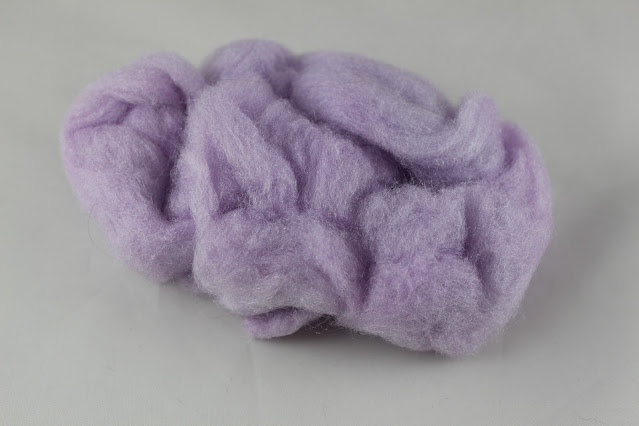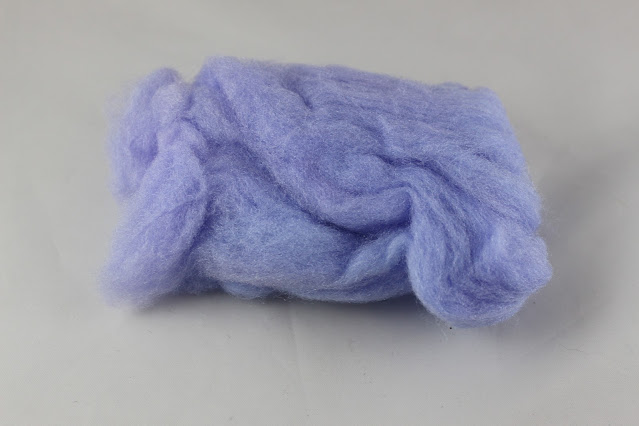I am still ploughing on with using up the aran weight cotton yarn, I'm getting there but not there yet. I have some very bright yellow that I have used as flower centres but it's not really the colour that I hoped for when I ordered "lemon". I was expecting a nice pale yellow and I got this "lemon rind yellow" colour. That'll teach me for shopping and ordering when I am tired, I obviously wasn't paying full attention.
So, now that I just have a whole load of bright yellow doing nothing I decided to over-dye it to make it more usuable and a more appealing colour cos it's going to take someone really special to pull that bright yellow off. Pass the sunglasses. I bought some dye for cotton, Dylon handwash dye in shade "Ocean Blue". I wound the balls of cotton onto my niddy-noddy and tied each one off loosely so I had 7 and a half skeins. You have to make the ties loose when you dye otherwise you can get a tie-dye effect, I don't want this at this time. This dye is a "cold water" dye, you don't actually use cold water per se, it is warm but only hand-warm, not really hot to boiling like my other dyes that I use. I made it up in my dye pot as per the instructions and lowered the skeins of yarn in and followed the instructions for timings etc.
All dyes that I have used, no matter what kind, react with the base colour of the yarn or fabric that you are dyeing so you have to take that into account and so "standard colour mixing rules" apply i.e yellow + blue = green, yellow + red = orange, blue + red = purple, blue + red + green = brown, you get the idea. So I know that blue dye on a yellow yarn is going to make green, but what shade of green. I am hoping, based on the shade of blue dye I've picked, that it might come out leaning toward the olive green tones but I am not familiar with Dylon dyes so I don't really know what their shades are like.
So, its not come out Olive green but its decent but if you look closely its not totally even, a few flecks of yellowy-greeny bits still exist, not bright yellow but not fully green either. Not what I'd hoped for but it does add interest that I can live with.
Once dry I decided to make the same design shawl I made earlier in the year. Due to the fact that this one is cotton and smooth and more dense it looks different to the white fluffy acrylic version, its not as cuddly, but that's different fibres for you, they all have their own look and different properties





















